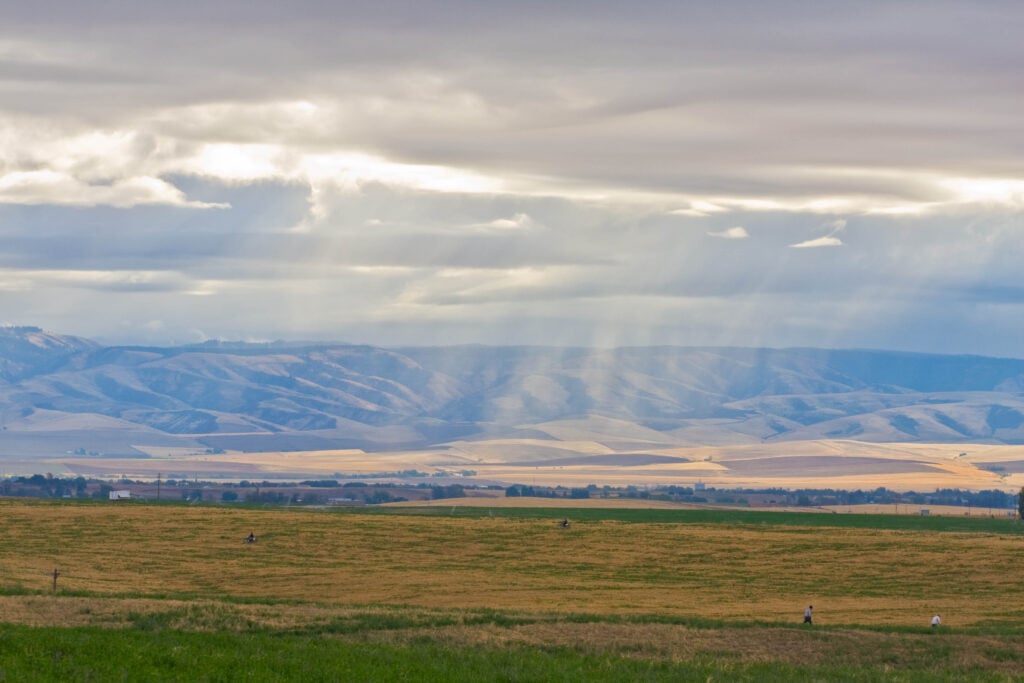
Land Acknowledgement
Land Acknowledgements are not only to be used for introducing events or to open space. There must be a thoughtful commitment moving forward to the communities we are recognizing. When offering a Land Acknowledgement we must then follow with ongoing responsibility and engagement.
Moving beyond acknowledgment
Moving beyond the gesture of acknowledgement is critical to ensure that our acknowledgement is not just a gesture. There are many ways to engage in this process; here are some suggestions to get started:
- Learn about the Indigenous peoples in your area and the land treaties (resources below).
- Recognize how colonialism is an ongoing process and that the practice of mindfulness and reverence of the land is indigenous protocol.
- Discuss oppression and privilege to disrupt colonization and assimilation.
- Make connections to the environment and the impact it has on people, health, wellness, and community.
- Recognize people as caregivers of the land and identify sustainability practices in curriculum content.
- Recognize the power of representation within the curriculum content and challenge it with resources/readings/references of different thoughts/behaviors/people.
- Learn about different cultures and visit different cultural spaces.
Additional Resources
- Native-Land.ca is a website run by the nonprofit organization Native Land Digital, with a mission to map Indigenous lands in a way that changes, challenges, and improves the way people see the history of their countries and peoples
- Confederated Tribes of the Umatilla Indian Reservation (CTUIR)
- Nez Perce Tribe
